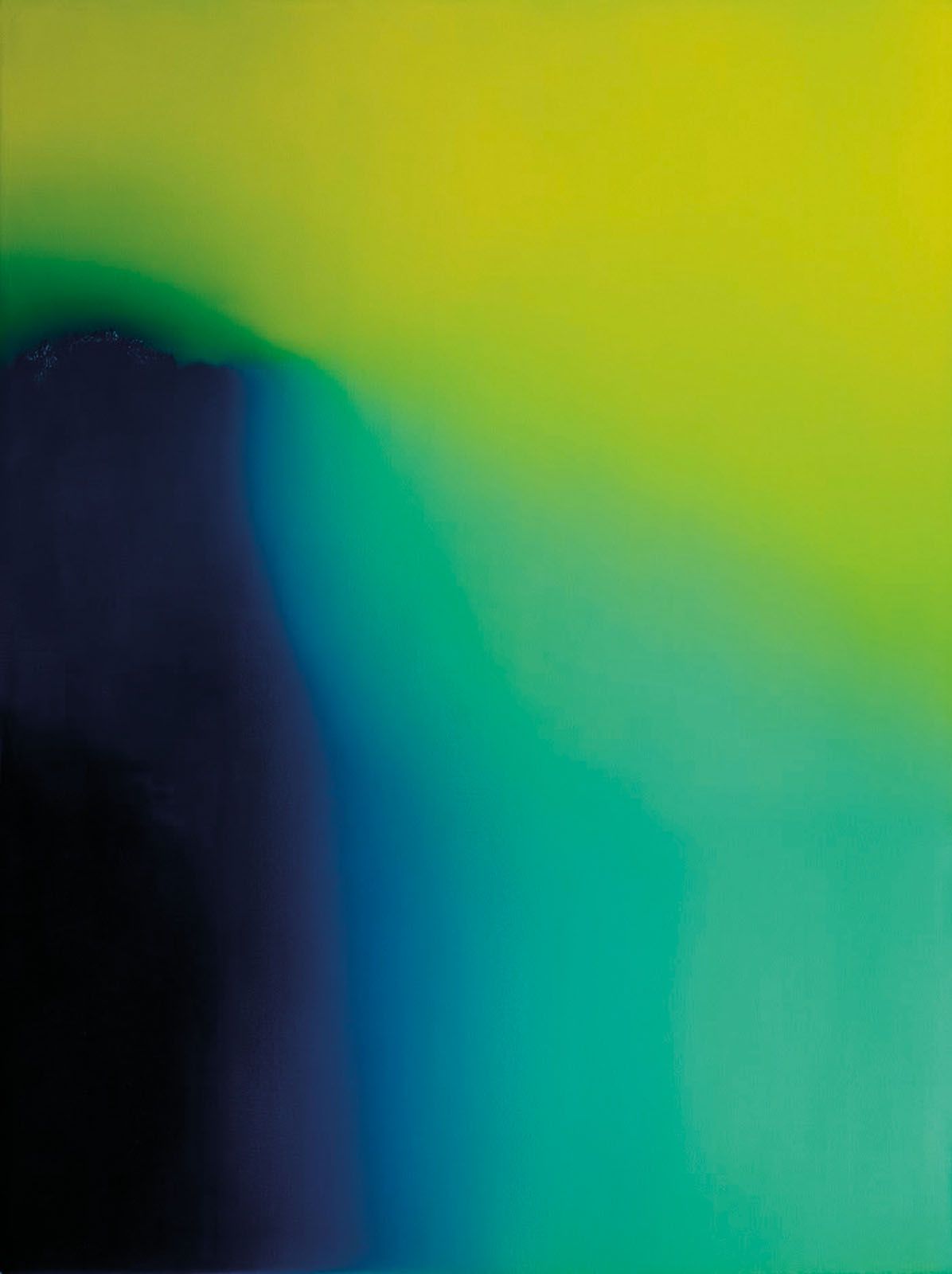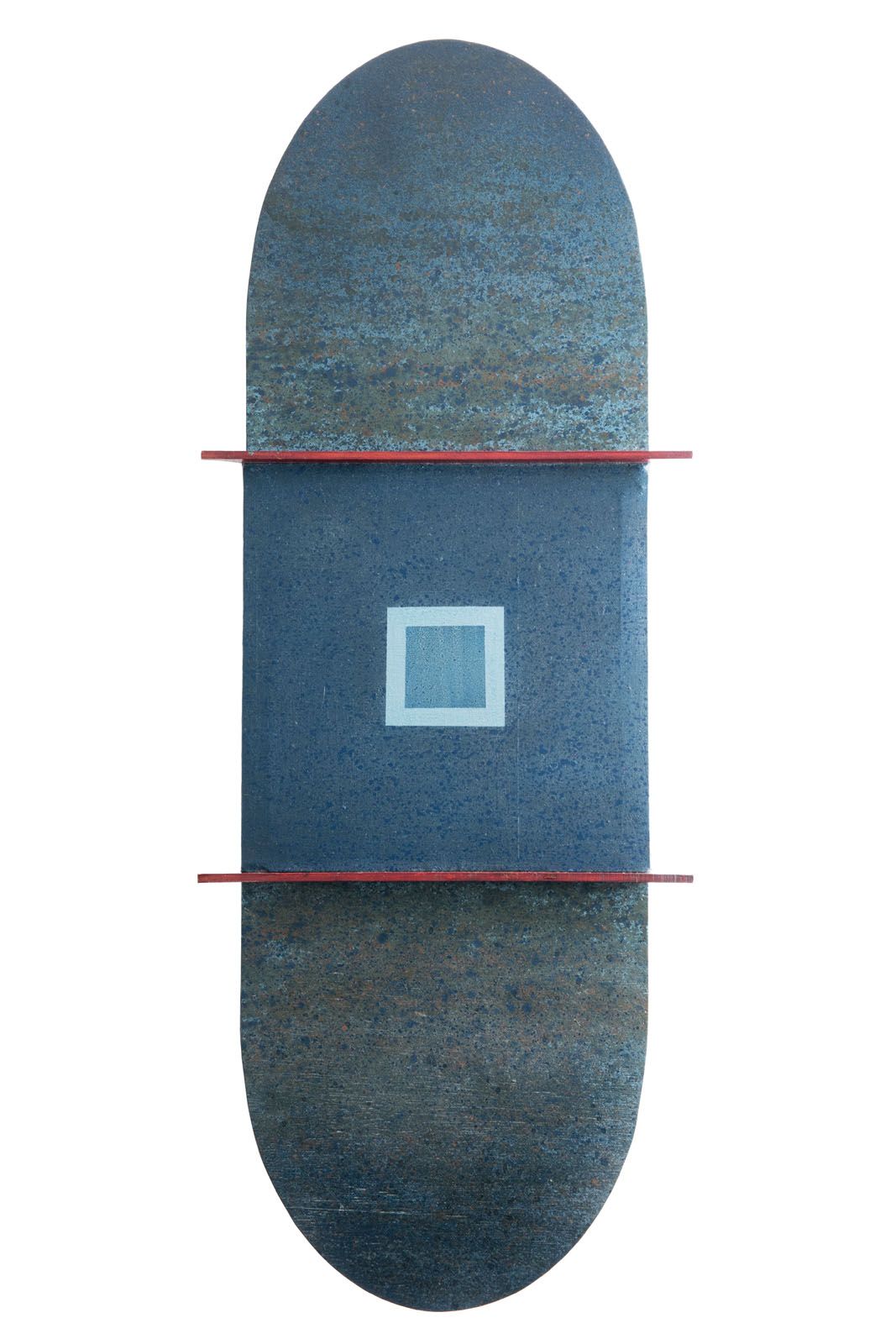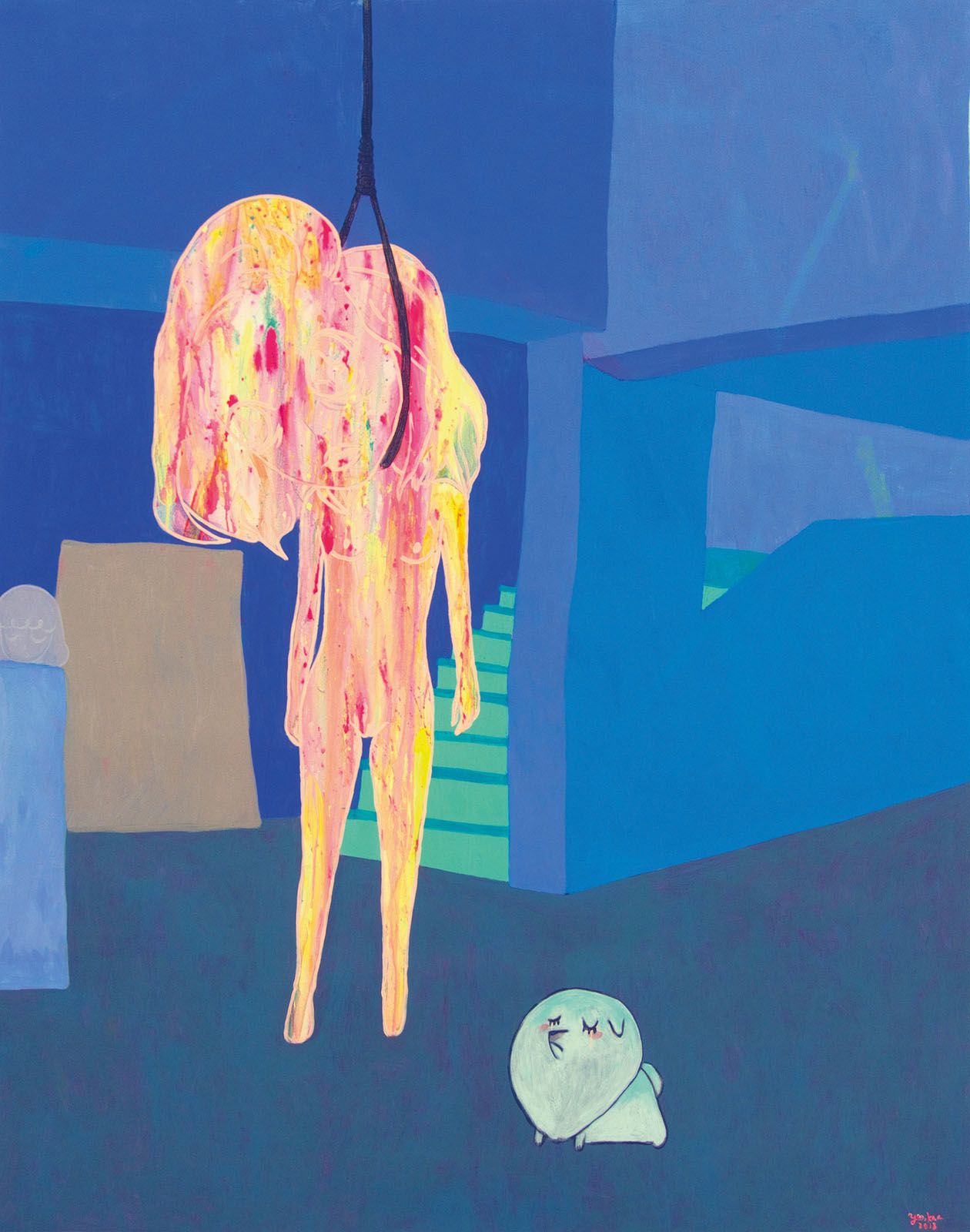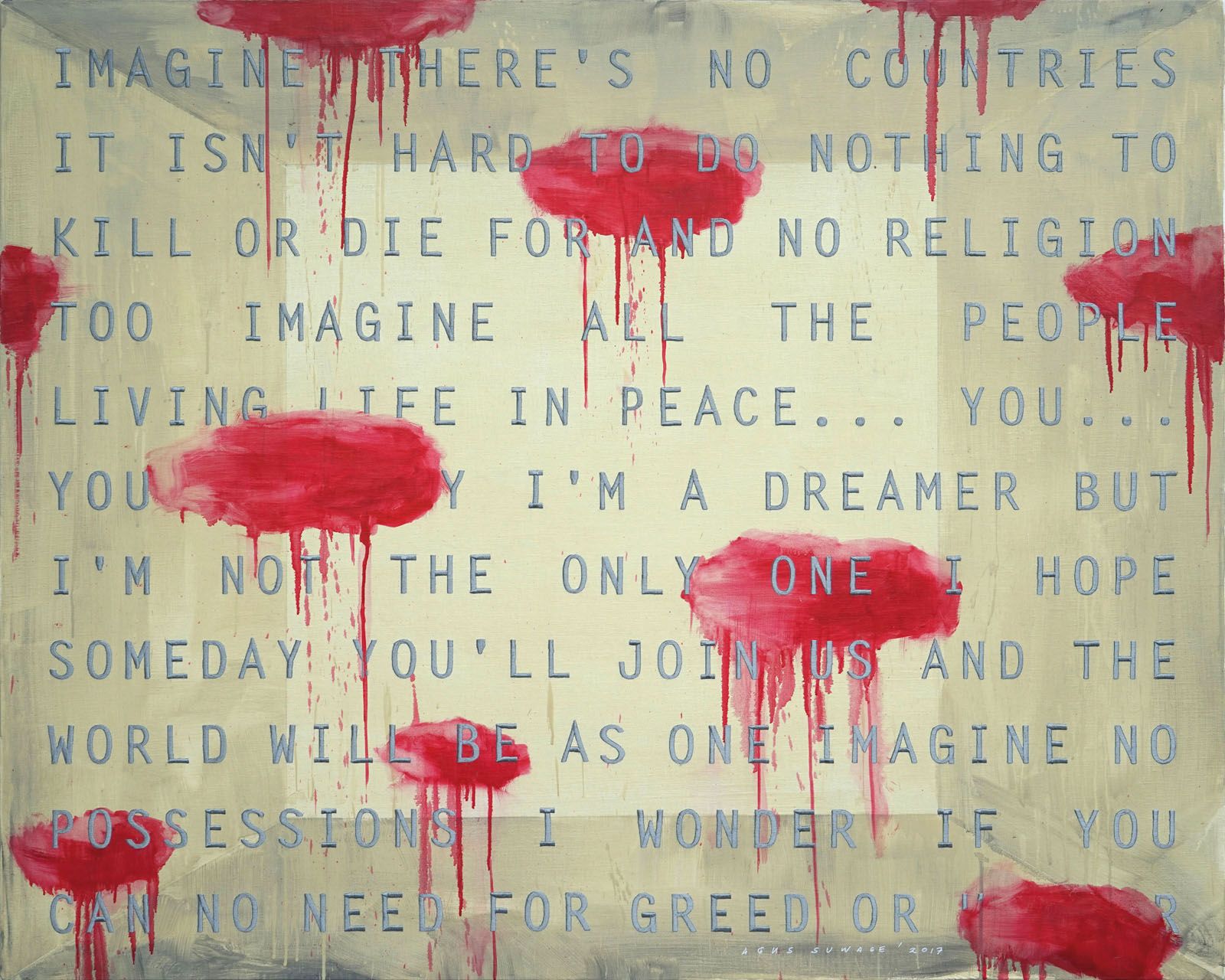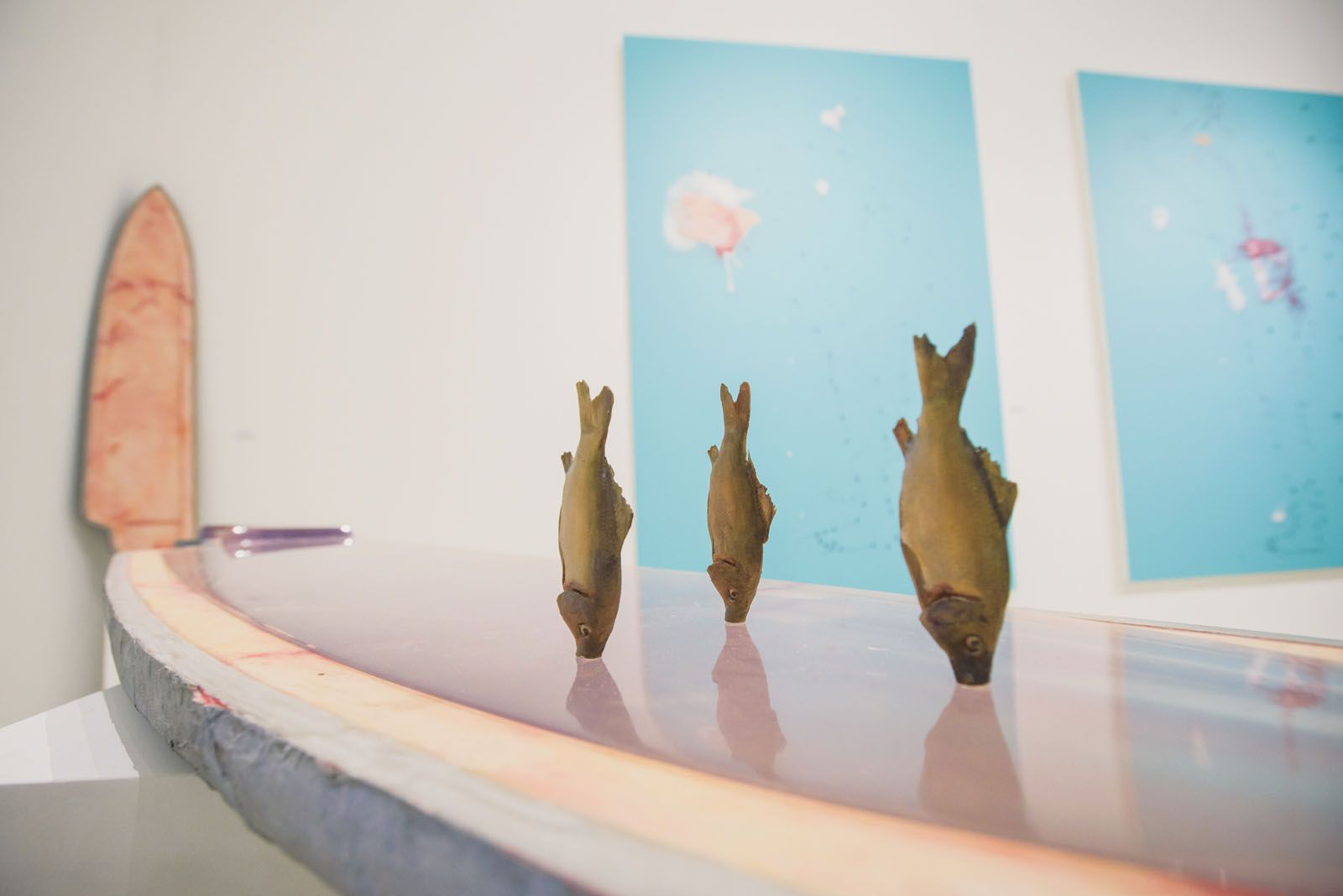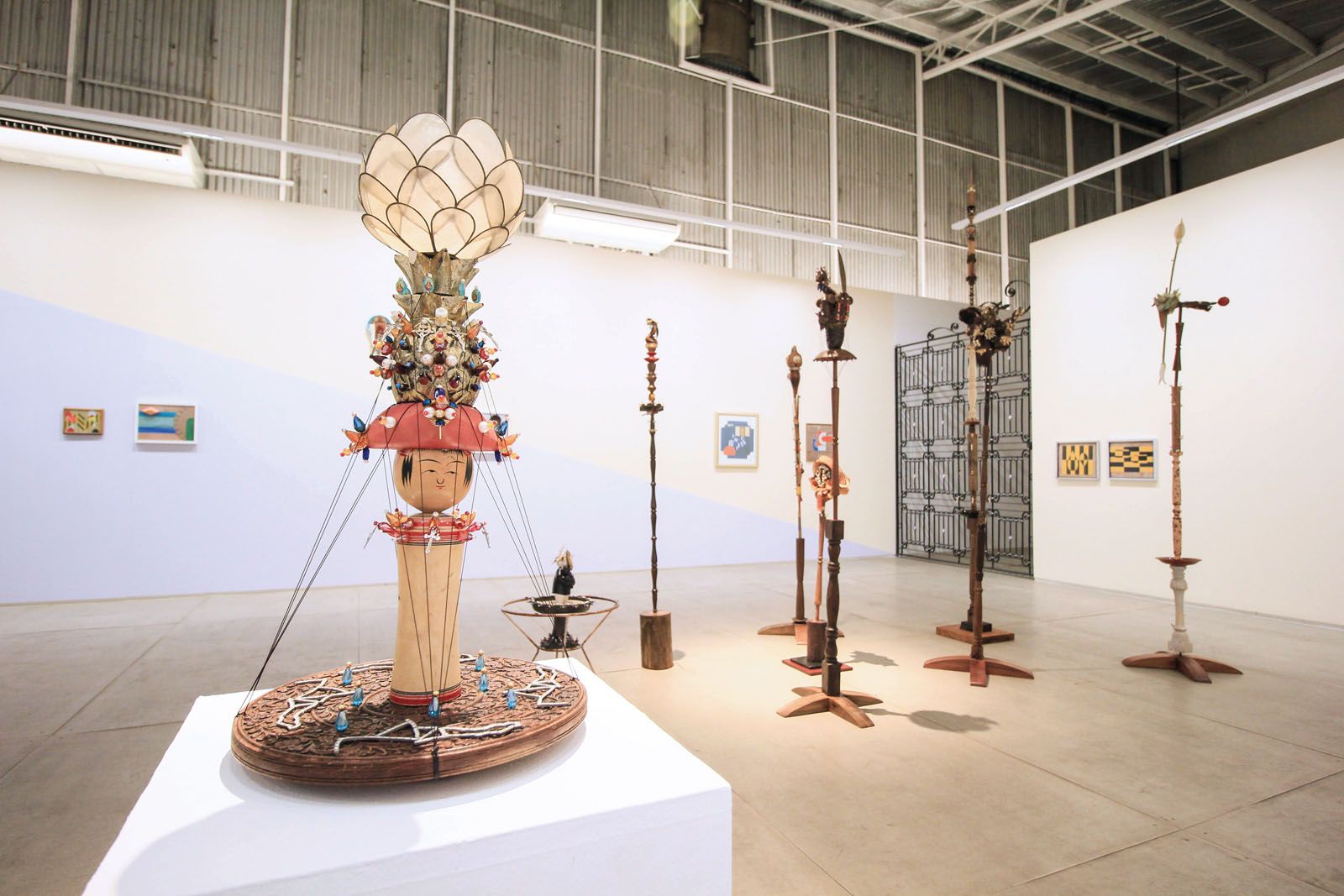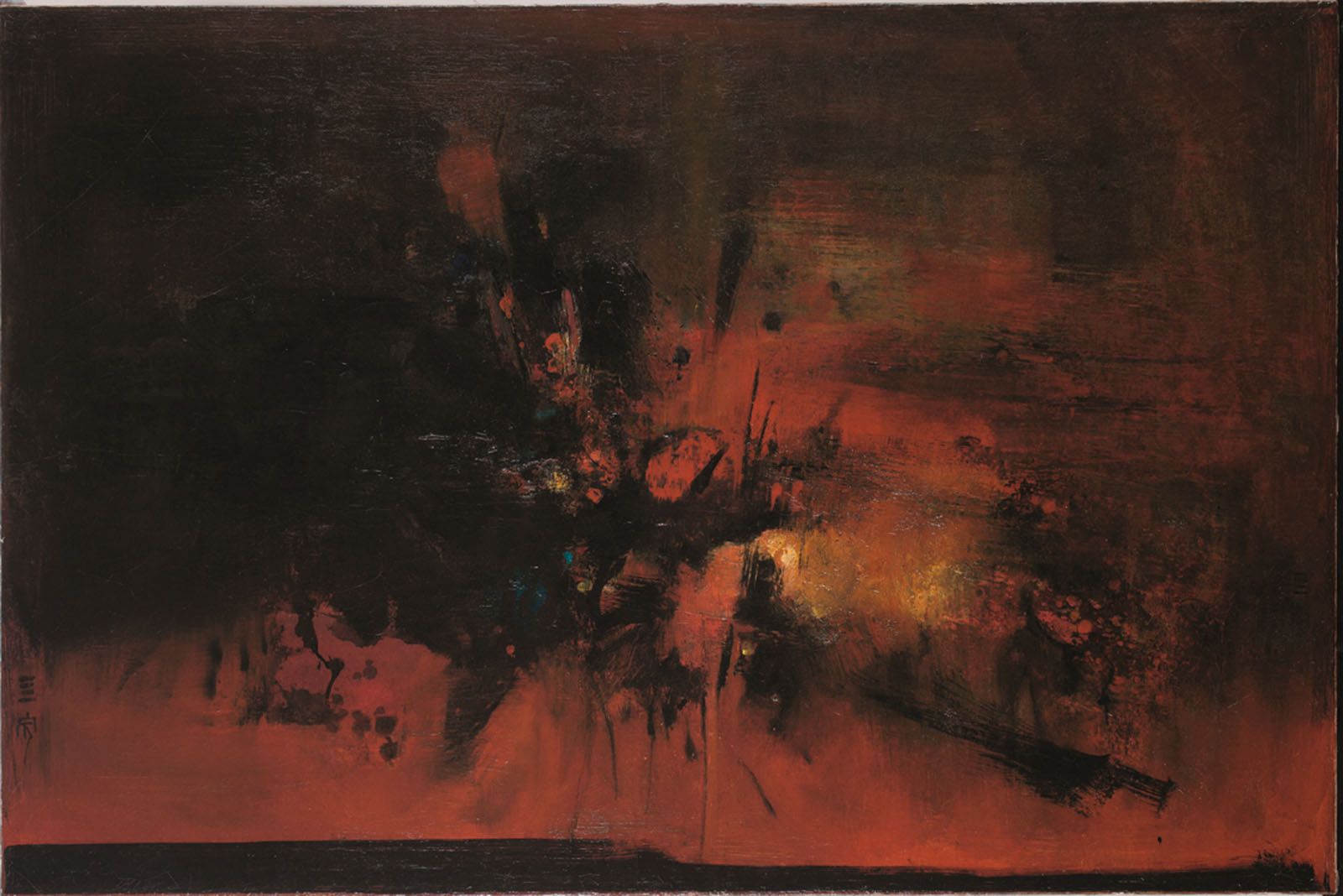STPI executive director Emi Eu and art veteran Audrey Yeo on why they want to galvanise Singapore’s art scene
There is a new highlight on Singapore’s art calendar this year, and it may just prove to be the start of an interesting new chapter in Singapore’s visual arts scene. Named S.E.A. Focus, it is a platform that aims to foster a deeper appreciation of Southeast Asian modern and contemporary art, and will kick off its first edition as a boutique art fair, held from January 23 to 27 in a special pop-up structure at Gillman Barracks. With 26 international and local galleries taking part, S.E.A. Focus is relatively small-scale. It is also coming at a time when the viability of Singapore as an art hub is under a bit of a cloud. Art Stage Singapore 2018 had 84 participating galleries, the lowest number (at press time) since its inception in 2011. The Singapore Contemporary Art Show held its final edition in 2017 and the Affordable Art Fair has cut its two annual editions to just one.
A new entrant, ART SG, announced that its first fair would take place here from November 1 to 3, but the excitement was somewhat dampened by subsequent news that MCH Group, one of three partners behind this venture, was pulling out. Compared to the buzz of earlier years, the fizz of the art scene has gone a little flat lately. So what makes S.E.A. Focus so intriguing? Well, first, a little bit of art history, so to speak.
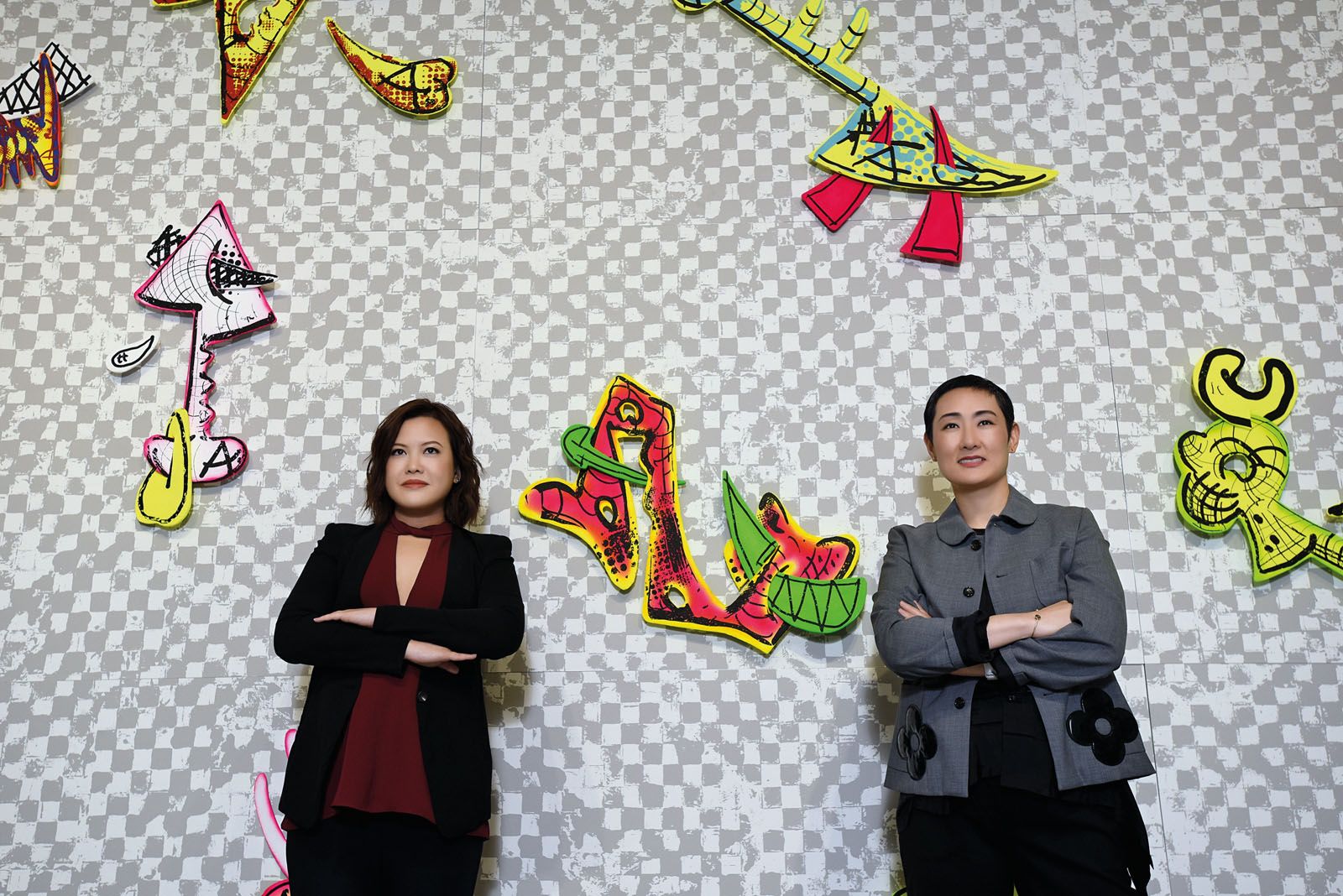
The major milestones of Singapore’s contemporary visual arts scene happened in rapid succession—the first Singapore Biennale happened in 2006, Art Stage Singapore debuted in 2011, Gillman Barracks launched as a visual arts cluster in 2012, the first Singapore Art Week kicked off in 2013, and the National Gallery Singapore opened in 2015.
But a few years before all these activities started, some quieter milestones had also occurred. In 1996, a group of local galleries had formed the Art Galleries Association Singapore (AGAS). In 2000, AGAS launched ArtSingapore, an art fair that ended its run in 2010 when the art market took a hit from the global recession. What could have been the beginnings of an art market had failed to take firm root.
(Related: The First Survey Of Minimalist Art In Southeast Asia Unfolds Across Two Museums)


